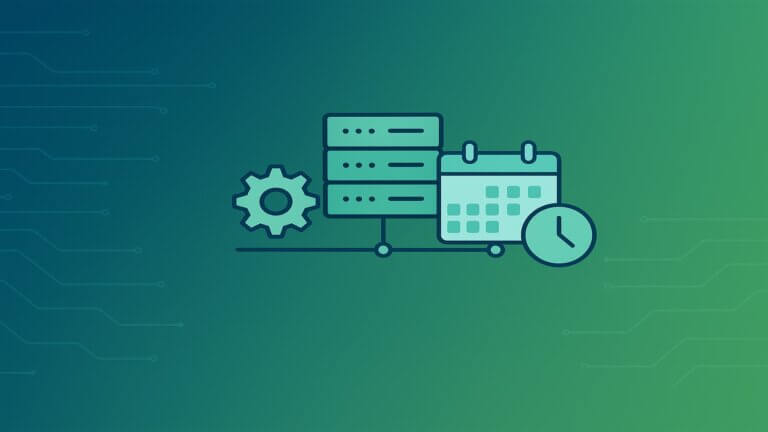Cloud computing has revolutionized the way businesses operate, providing scalability, flexibility, and cost-efficiency. However, managing cloud costs can be a complex endeavor without proper oversight and control. This is where FinOps (Financial Operations) comes into play. FinOps is a practice that combines financial management principles with cloud operations to optimize costs and drive value from cloud investments. To effectively implement FinOps, organizations need to leverage various capabilities or functional areas of activity. Let’s explore these FinOps capabilities and understand how they contribute to successful cloud cost management.
Cost Allocation (Metadata & Hierarchy)
Cost Allocation is a fundamental practice in FinOps that involves dividing up a consolidated invoice or bill among responsible parties. By leveraging metadata and hierarchy, organizations can allocate costs to specific departments, teams, or products. This capability ensures transparency and accountability, better cost tracking, identification of cost drivers, and the ability to optimize spending by aligning costs with business units.
Data Analysis and Showback
Organizations need to identify opportunities for cost optimization, such as eliminating underutilized resources, optimizing service usage, or adopting more cost-efficient alternatives. This requires creating near real-time reporting mechanisms. This enables stakeholders to understand total costs associated with specific business entities, identify opportunities for cost avoidance, and track key performance indicators (KPIs). These insights enable informed decision-making and drive cost optimization strategies.
Managing Anomalies
Detecting, identifying, clarifying, alerting and managing unexpected events promptly is crucial.. By proactively addressing anomalies, organizations can mitigate financial risks, optimize spending, and prevent budget overruns.
Managing Shared Costs
Cloud costs are often shared across multiple products, departments, and teams. Managing shared costs involves appropriately splitting these expenses and building a comprehensive picture of how resources are utilized across the organization. This capability enables organizations to optimize cost allocation and gain insights into cost drivers within different business units, identify cost-sharing opportunities, and ensure fair distribution of expenses.
Forecasting
Effective budget planning and investment decisions require forecasting. Organizations need to understand how changes in cloud infrastructure and application lifecycles can impact budgets. By leveraging forecasting capabilities, organizations can anticipate cost fluctuations, allocate resources effectively, and make informed financial decisions.
Budget Management
Organizations rely on budgets to guide strategic decisions, operational planning, and investments. Budget management capabilities help organizations align their financial objectives with cloud operations, ensuring cost control and resource optimization.
Workload Management & Automation
By optimizing workload scheduling and leveraging automation, organizations can reduce the number of idle resources, minimize costs, and enhance overall operational efficiency.
Managing Commitment-Based Discounts
Managing commitment-based discounts requires understanding the intricacies of your cloud service provider tools and FinOps platforms. By effectively planning, managing, and leveraging commitment discounts constructs, organizations can optimize costs and maximize the value derived from cloud investments.
Resource Utilization & Efficiency
Maximizing value derived from your cloud investment involves creating mechanisms to collect and analyze cost and usage data over time. By implementing manual and automated policies, organizations can optimize resource utilization and ensure that cloud services are used efficiently across their infrastructure.
Measuring Unit Costs
Measuring unit economic metrics allows organizations to determine the revenue generated by a single unit of their business and the associated costs. Understanding the business value of their cloud spend helps to make data-driven decisions to optimize costs.
Data Ingestion & Normalization
Processing and transforming data sets related to cloud cost and usage, organizations can generate accurate insights and drive informed decision-making.
Chargeback & Finance Integration
By integrating financial processes and accountability mechanisms, organizations can foster cost-consciousness and align spending with business goals.
Onboarding Workloads
The onboarding workloads focuses on establishing a streamlined processes to onboard both existing and new applications to the cloud. This process involves assessing financial viability and technical feasibility while implementing FinOps best practices from the outset. By integrating cost considerations into the onboarding process, organizations can ensure cost-efficient cloud adoption.
Establishing FinOps Culture
Creating a FinOps culture is about instilling a sense of accountability and ownership within organizations. This capability involves educating stakeholders on the importance of cloud cost management and leveraging FinOps practices to drive business value. By establishing a FinOps culture, organizations can accelerate their journey towards optimized cloud costs and enhanced financial performance.
FinOps & Intersecting Frameworks
This capability explores the intersection between FinOps and other existing IT and financial standards within organizations. As cloud adoption increases, it becomes essential to align FinOps practices with established frameworks. By understanding these intersections, organizations can address challenges, ensure compliance, and optimize cloud cost management within their existing processes.
Cloud Policy & Governance
Policy and governance capabilities provide a framework for defining statements of intent and ensuring adherence to cloud cost management practices. By establishing policies and governance mechanisms, organizations can enforce guidelines, maintain financial control, and mitigate risks associated with cloud costs.
FinOps Education & Enablement
FinOps education and enablement capabilities aim to increase the proficiency and adoption of FinOps practices within organizations. By providing comprehensive training and resources, organizations can empower individuals and teams to leverage FinOps principles effectively, driving cost optimization and value creation.
Establishing a FinOps Decision & Accountability Structure
Defining a FinOps decision and accountability structure involves assigning roles, responsibilities, and activities to bridge operational gaps in cloud cost management. This capability ensures that organizations have the necessary resources and processes in place to address unexpected challenges and take proactive action when needed.
Summary
This range of FinOps capabilities plays a vital role in optimizing cloud costs and maximizing the value derived from cloud investments. By leveraging these capabilities, organizations can achieve greater cost visibility, financial control, and overall operational efficiency in their cloud environments. So far we discovered that Domains are the main areas of FinOps and Domain has a list of Capabilities included, which when properly implemented enables FinOps processes. Our next article will explain the way you can set your cost optimization goals and track your FinOps adoption progress with Maturity Model.



